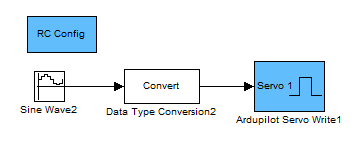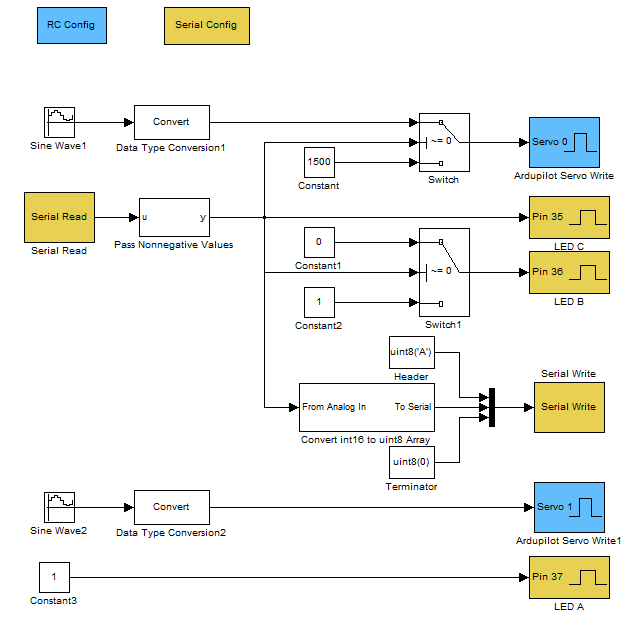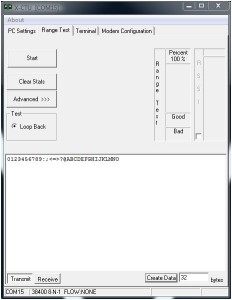2012 AUVSI USUAS Results
- June 18th, 2012
- Write comment
The 10th annual Undergraduate Student Unmanned Aerial Systems competition hosted by AUVSI’s seafarer chapter concluded last week. Teams from across the United States, Canada, India, and Turkey converged on Webster naval airfield for several days of autonomous competition.
Final standings
- Universite de Sherbrooke
- Embry-Riddle (UARE)
- California State at Northridge
- Delhi Technical University
- Cornell University
- North Carolina State University
Autopilots
Listed here are some of the autopilots used by various schools. If you know what autopilots any other schools were using please comment below.
Piccolo
- North Carolina State University
- Mississippi University
- Kansas State University
- Kansas State University (Pomona)
- Cornell University
- New Delhi University
Papparazzi
- Universite de Sherbrooke
- Great Mills High School
- Utah State (Rotary)
Ardupilot
- Rutgers University
- Embry Riddle Prescott


